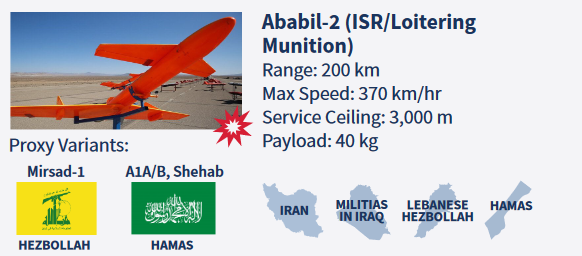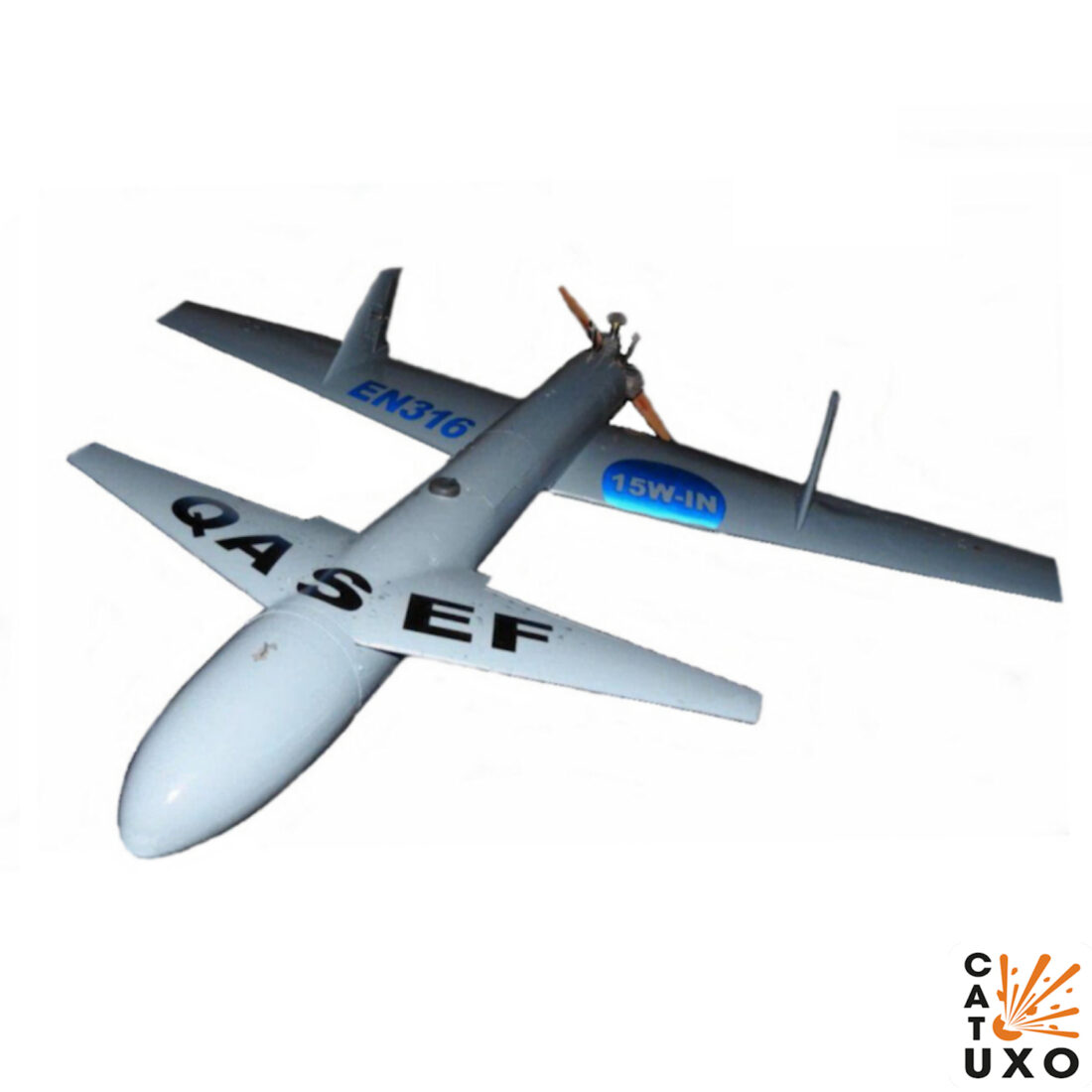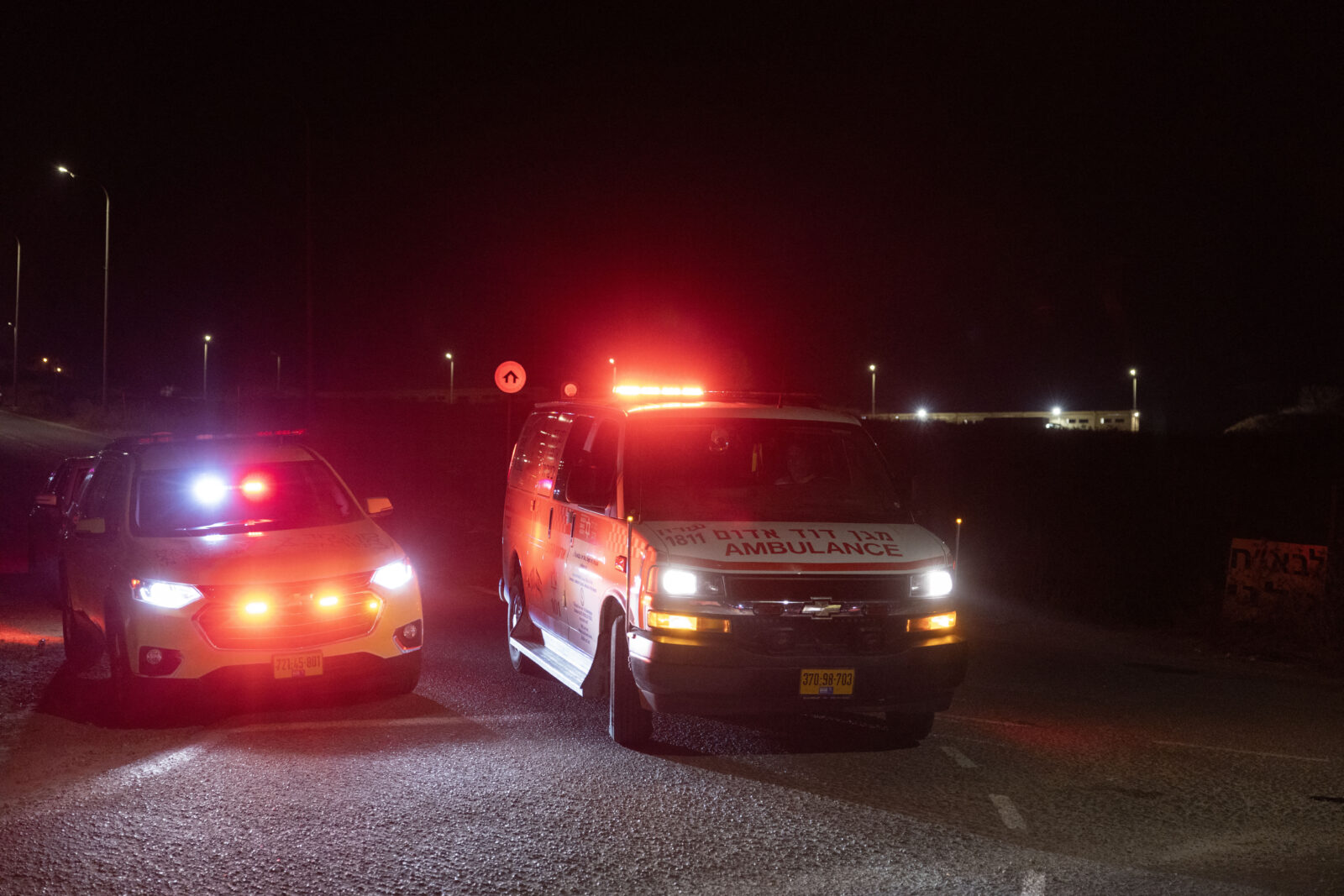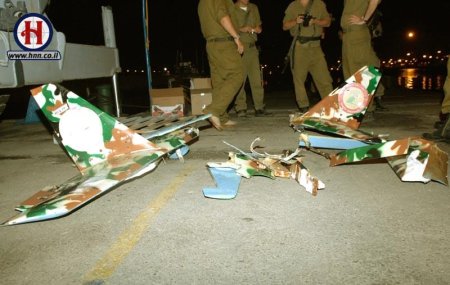Why Israeli defense systems failed to thwart Iranian-made Mirsad-1 drone attacks
 A collage shows Hezbollah's Mirsad 1 UAV. (Collage by Tugce Atmaca/Türkiye Today)
A collage shows Hezbollah's Mirsad 1 UAV. (Collage by Tugce Atmaca/Türkiye Today)
In a significant escalation of its conflict with Israel, Hezbollah employed Iranian-made Mirsad-1 drones in attacks near Binyamina on Sunday, resulting in 67 Israeli soldiers injured and four fatalities.
The first Mirsad-1 flight into Israeli airspace took place around mid-morning on Nov. 7, 2004. The drone flew at a low altitude from Lebanon, passing over the western Galilee town of Nahariyya before turning back north over the Mediterranean Sea. It remained in Israeli airspace for up to half an hour.

The second Mirsad-1 flight occurred on April 11, 2005, involving a brief 18-mile incursion into Israeli airspace. The drone had already returned to Lebanese territory by the time Israeli fighter jets were scrambled to intercept it.
This marked a considerable breach in Israeli air defenses and highlighted the growing threat posed by unmanned aerial vehicles (UAVs) in modern warfare. Such slow drones are very difficult for radars to detect, and their speed and low radar fields make them much harder for air defense systems to detect than other air threats.

Details of Mirsad-1 drone
According to the Alma Research Center, the Mirsad-1 drone is based on Iran’s Mohajer-2 model but has been modified for Hezbollah’s use.
The drone is capable of carrying up to 40 kilograms of explosives, has a top speed of 370 kilometers per hour, and can operate within a range of 120 kilometers.
Hezbollah has utilized the Mirsad-1 for both reconnaissance and offensive missions since 2002, with frequent incursions into Israeli airspace.
- Ababil-B: The Ababil-B is a target drone used for air defense unit training; it features a radar augmentation device.
- Ababil-S: This is the reconnaissance configuration, also known as the Ababil 5. It includes an electro-optical (EO) camera in the nose. It also has a real-time imagery downlink.
- Ababil-T: This is a strike variant. It is equipped with a daylight television camera, located underneath the fuselage. The variant can also carry a medium-sized high-explosive warhead. The nighttime shootdown of an Ababil during the Israel-Hezbollah conflict in July-August of 2006 suggested that its sensor package had been modified to include an infrared system. The Ababil-T has a twin-tail configuration.
- Ababil Jet/Hadaf 1: This version was said to be in development in 2007. It is powered by a TEM Toloue-4 840-lb (3.7 kN) static thrust axial jet engine used on the C-802/Noor anti-ship missile and UAV/target drone.
- Ababil-3: This variant has a top speed of 124 mph (200 km/h) with a range of 60 miles, a ceiling of 16,400 feet (5,000 meters), and an endurance of four hours. A night-vision capability is integrated.

Attack on Binyamina
The attack involved multiple drone launches, coupled with a rocket barrage designed to overwhelm Israeli defenses. One drone managed to evade detection and crashed into a military area in Binyamina, causing significant damage.
This tactic of combined drone and rocket strikes is becoming increasingly common, as Hezbollah seeks to penetrate Israeli defenses.
Israeli authorities have launched an investigation into why no alarms were triggered during the Binyamina incident, raising concerns about the effectiveness of the country’s air defense systems, particularly in detecting smaller, low-flying drones.

Iran’s role in arming Hezbollah
Hezbollah’s use of the Mirsad-1 is part of a broader Iranian strategy to enhance the capabilities of its proxy forces. The Foundation for Defense of Democracies (FDD) has noted that Iran has supplied Hezbollah with various UAVs, including the Mirsad-1, to complement its existing missile and rocket arsenal. These drones allow Hezbollah to conduct precision strikes while minimizing risk to personnel.
Hezbollah’s drone fleet includes a variety of models, many of which are either Iranian-made or adapted from commercial drones. Reports suggest that Hezbollah may possess up to 2,000 drones, including more advanced models like the Mohajer-4 and Shahed drones. During the Israel-Hezbollah war in the summer of 2006, Israeli forces shot down a Hezbollah-operated surveillance drone, the Mirsad-1, which is believed to be derived from the Mohajer.

Challenges for Israel’s air defense systems
Israel’s Iron Dome is highly effective against rocket attacks but has faced challenges in detecting and intercepting drones like the Mirsad-1.
The Israeli Defense Forces (IDF) are now working to address vulnerabilities in their air defense systems, particularly in light of the growing drone threat posed by Hezbollah.

Given the multiple factors involved in preventing such an attack, questions about why the Israeli air defense systems failed may have several possible answers, making it difficult to provide a clear, definitive explanation.



